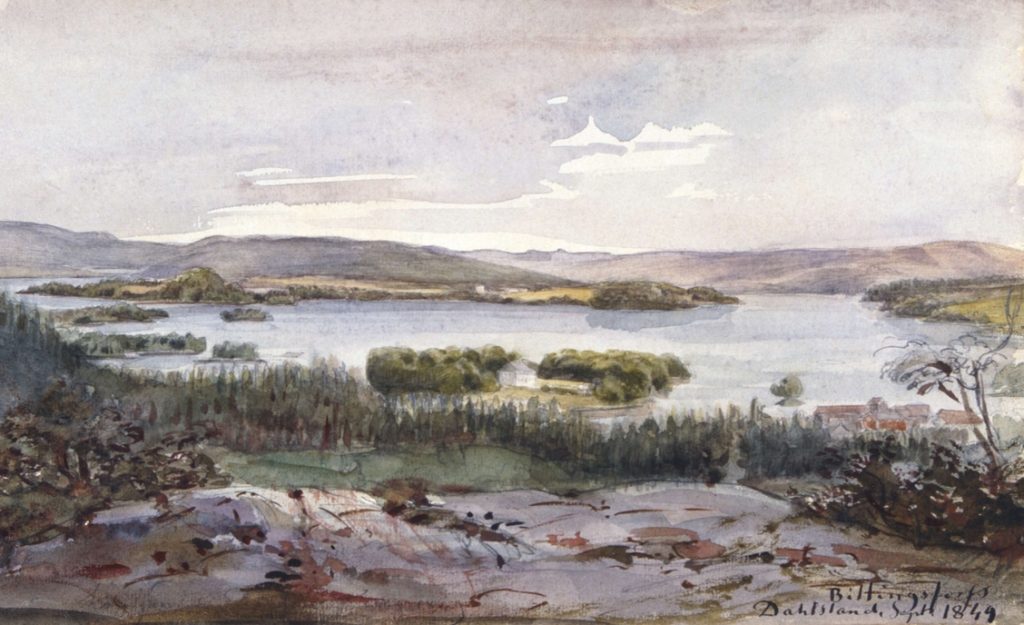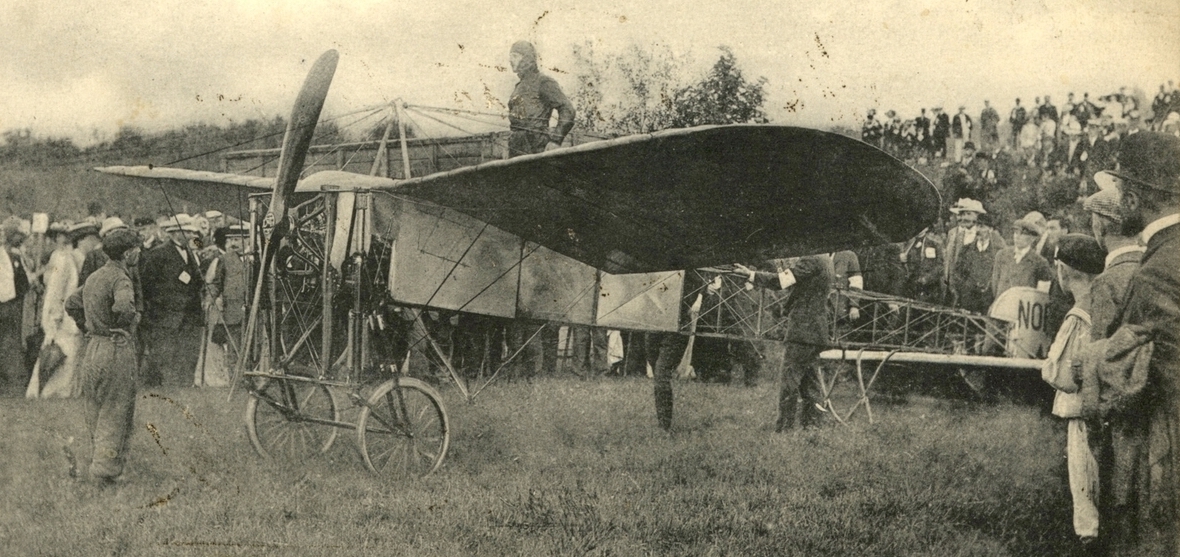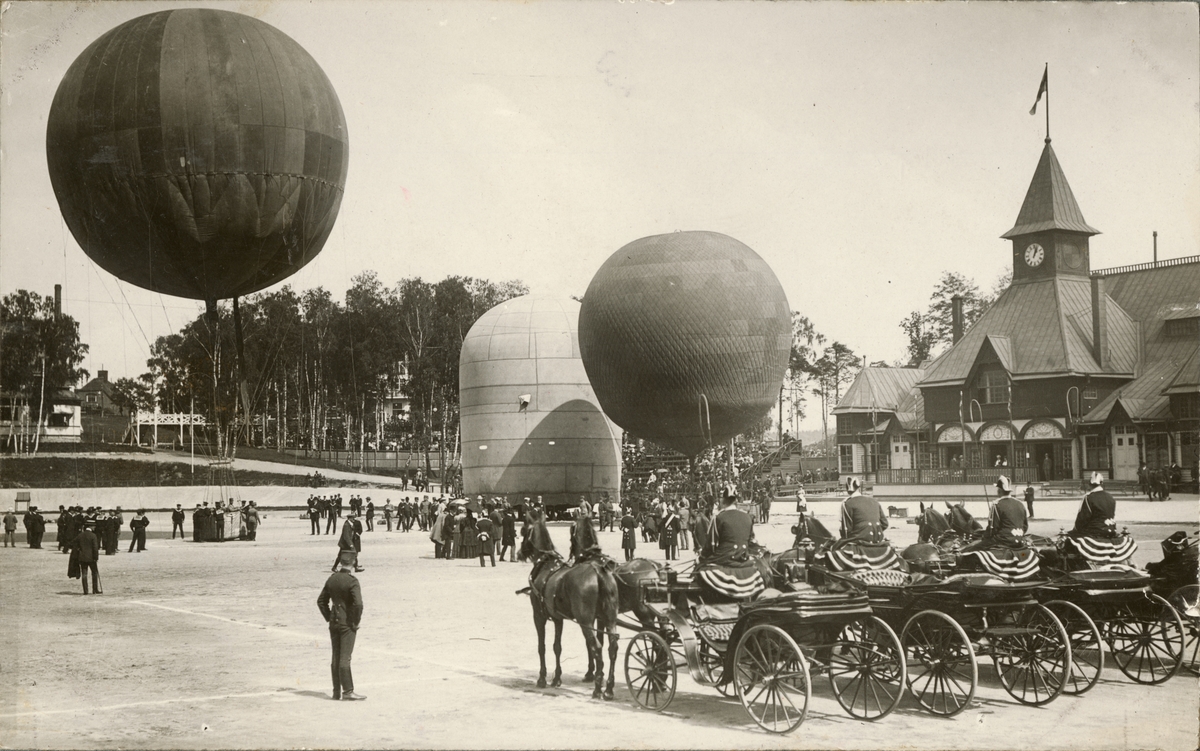
After open data
Opening up collections and publishing data with open licences is only the first step to becoming a true open GLAM institution. This series collected more aspects about the characteristics of open cultural heritage institutions and collections by digital means, from building communities on and offline to cooperating with partners. In the last session of “Open GLAM now!”, we focused on the future: What more do we have to do to become truly open GLAMs – and how could we develop this movement further?
We first took a step back and looked at the development of the open GLAM movement and Kajsa Hartig (Västernorrland County Museum) described her perspective on the next steps. Neal Stimler (Balboa Park Online Collaborative) took us step by step through the process of becoming open GLAM – and which aspects it entails besides the data itself.
A change of mindsets
In her presentation, Kajsa Hartig described the possibilities and challenges of institutions in the context of open GLAM and outlined why we need an ongoing discussion (presentation). At the beginning of her presentation, she went back to 2010 and the discussion of online museum collections. Museums discussed the question of open licences mostly out of the perspective of endangering their revenue for digitised objects, without considering the user needs. Kajsa presented the changes since then, with museums beginning to reach out to their audiences with openly licensed content, for example on platforms like Wikipedia.
Changing mindsets in the museum sector has been crucial, said Kajsa. Nevertheless, the sector faces several problems in order to become more open: Licensing and copyright are perceived as complicated and many institutions thus still decide to use more restrictive licences. The sector needs more skills in applying copyright to online collections and data: “There is a need for education around the use of open collections to understand how the collections can be used and the benefits for the museums.” GLAMs have to keep up with rapid changes and new, agile work methods are needed in the sector.

Aligning open collections and GLAMs’ missions
Kajsa reflected upon the fact that in the future, open GLAM has to become more relevant for smaller institutions and those with diverse collections – and audience engagement and outreach will be crucial for this end. The benefits of open collections data have to become clearer and therefore should be aligned with the wider museum’s missions and goals. Therefore, the topic also has to be taken up by the management level in order to make the discussion sustainable.
What comes next? Kajsa outlined her ideas for the next steps of openness: “I believe the next step of openness should focus on creating value for audiences. In doing so, museums will also create a lot of value for themselves. This means learning how to start conversations online, how to engage audiences online and how to package content in a way that it attracts our target groups.” She also described the role of partnerships with different actors in the educational, governmental, and economic sectors to ensure reuse of their data. Again, she highlighted the role of smaller, regional and local institutions in the future:
“It is important to show successful examples of other institutions than art museums – how open collections can boost a community and make a difference in a local society.” Kajsa Hartig
Data quality and rich metadata play a crucial role in making open collections relevant to developers and users. Kajsa described the need for training in museums to work on their metadata and enhance the quality of their digital collections to make them findable and accessible: “The role of open data in making cultural heritage institutions more accessible is central in the sense that does support both society, the non-profit sector and local companies to develop and thrive.”
Embracing open access
How do we get there? Neal Stimler focused on the steps institutions need to take in order to launch an open access initiative, including staffing, policies, and technical requirements (presentation). In his view, open access is central to GLAMs today:
“Open access is a baseline requirement for cultural institution today, whether their focus is art, history, or science. A key point to know is that open access is a program, not a project.” Neal Stimler
Neal underlined an aspect Kajsa also mentioned: In order to make an open access initiative sustainable, GLAMs need to connect them with their missions and realize that open access will become part of their institutions. In an especially interesting part of his presentation, he introduced possibilities to take open access from a project to the program level.
After presenting the different roles institutions would need in their dedicated teams, Neal highlighted the importance of partners on this journey. “It’s important to treat them as team members and collaborators.” Apart from partners, your institution’s communities also become central in this process: Neal described how cultural and community responsibility have to be part of a GLAM’s open access initiative. Certain collections or items might be of special value to some community or another – how can institutions manage those relations and possible outcomes effectively? Can they become partners in the process?

Creating new value(s) with open access
Neal took us through the technical requirements for systems and support as well as the changes to customer services, including fees and new ways to generate revenue: “The shift in the value for cultural institutions in an open access environment is to optimize the brand and trademark through new business relationships and partnerships.”
When it comes to marketing and communications, Neal highlighted the key messages during an open access initiative: “Open access is the most important thing your institution will do, more than any building, event, exhibition, project or publication. […] There’s nothing that has come before that will ever mean or will have as much impact as this.”
He underlined the importance of building sustainable relationships with the audience. In this context, he also described the types of digital content needed to nurture these relations and possibilities to work with users on the data. In a concluding note, Neal summarised the possibilities to go open rather sooner than later:
“Open access is about the Commons of Now. […] Cultural organizations can create content and dedicate to the Public Domain today. We don’t have to wait another 100 years.” Neal Stimler
Take-away lessons
- Open access and becoming an open GLAM is not a goal in itself. The corresponding activities should be aligned with an institution’s mission to make the impact and progress visible.
- In order to actually embrace open access, changes in the institution’s culture and work routines are needed.
- Building sustainable relationships to your target groups and partners is crucial to becoming open GLAM.
- The process of becoming and being an open GLAM is a program that has the potential to transform an institution – it is not a project.
Further information
Anne Young (2020): Implementing Open Access in GLAMs. Medium.
Effie Kapsalis (2020): 21st-Century Diffusion with Smithsonian Open Access. The Smithsonian.
Karin Glasemann (2020): Inside the Museum is Outside the Museum – Thoughts on Open Access and Organisational Culture. Medium.
Victoria Passau (2020): Open by default, closed by exception. Medium.
Zoë Richardson (2020): Mana taonga, Mana tangata. Medium.